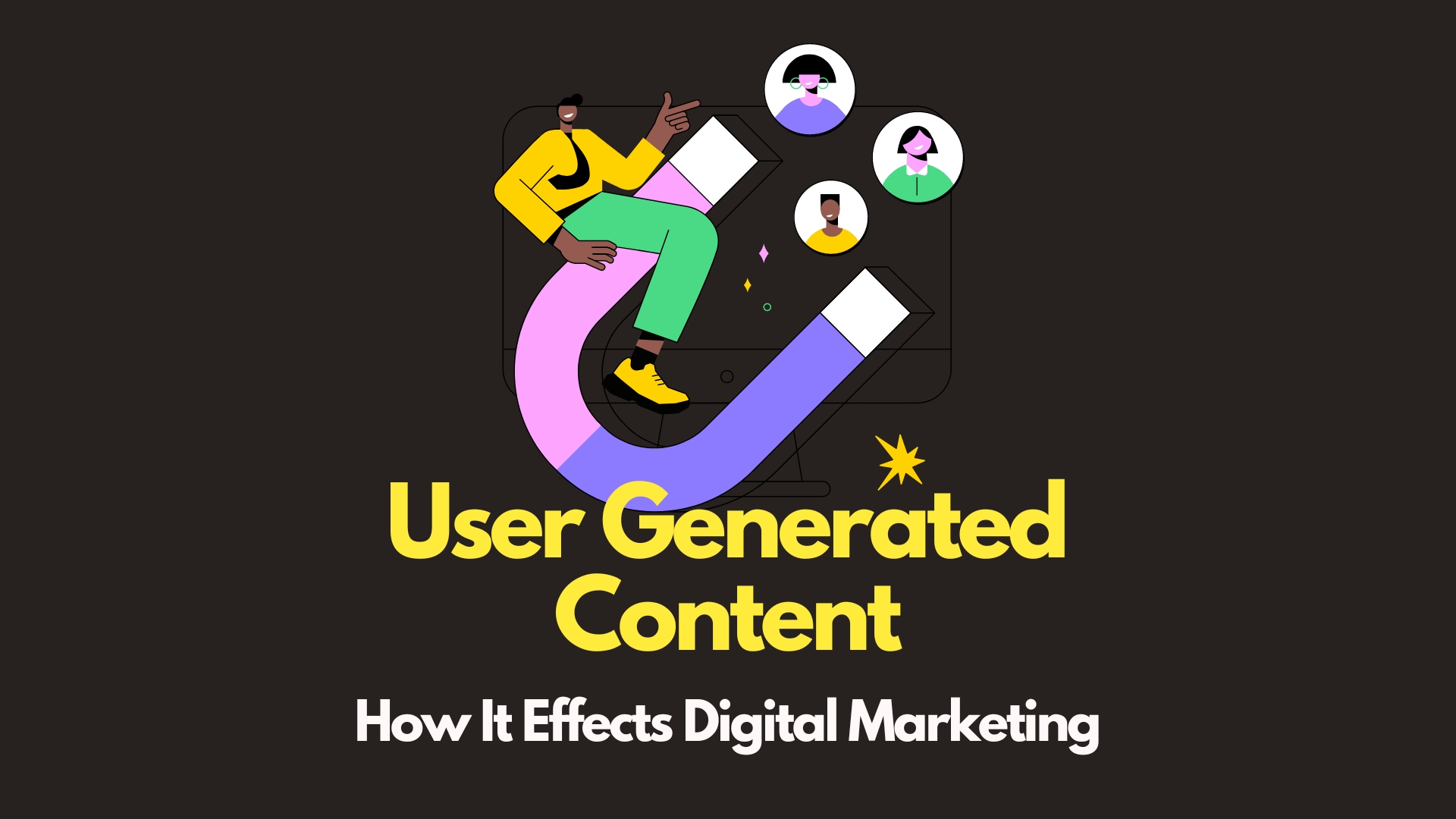Published
- 3 min read
The Power of User-Generated Content in Digital Marketing

Key Takeaways:
- User-Generated Content (UGC) enhances brand authenticity.
- UGC fosters trust with potential customers.
- Agile UGC adoption can lead to learning and development opportunities.
- Emotional resonance through UGC can improve customer experience management.
- UGC can be more influential than firm-generated content in brand defense and engagement.
Leveraging UGC to Build Authenticity and Trust in Your Brand
In a digital landscape where consumers are bombarded with branded messages, authenticity and trust have become the cornerstones of a successful brand. User-Generated Content (UGC) has emerged as a powerful tool to achieve these aims. UGC encompasses a variety of content forms, including reviews, testimonials, photos, videos, and social media posts, all created by users rather than the brand itself. This article explores how brands can leverage UGC to enhance authenticity and build trust with their audience.
The Rise of User-Generated Content
The digital age has democratized content creation, allowing anyone with a smartphone and an internet connection to share their experiences with the world. This shift has given rise to a new wave of content: that which is generated by users. Brands that recognize and harness the power of UGC can create a more engaging and trustworthy image.
Why UGC Matters for Authenticity
Authenticity is perceived when customers believe a brand is genuine and true to its values. UGC, being created by peers, is often viewed as more authentic than brand-created content. It’s a raw, unfiltered representation of customer sentiment and can serve as social proof that a brand delivers on its promises.
Trust Through Transparency
Trust is built on transparency and reliability. UGC provides a platform for customers to voice their honest opinions, which can validate a brand’s claims. When potential customers see real people vouching for a product or service, it significantly increases their trust in the brand.
Agile UGC for Learning and Development
Brands that adopt an agile approach to UGC can learn from their customers in real-time. By analyzing UGC, companies can identify areas for improvement and development, ensuring that they evolve in tandem with their customer’s needs and preferences.
Emotional Connection Through UGC
UGC often carries an emotional component that resonates with viewers. Brands can leverage these emotions to enhance customer experience management, using UGC to connect with their audience on a deeper level.
UGC vs. Firm-Generated Content
Studies have shown that UGC can be a stronger predictor of brand defense and behavioral engagement compared to content created by firms. Generation Z, in particular, is highly influenced by UGC, with its authenticity often leading to greater trust and purchase intention.
Strategies for Leveraging UGC
- Encourage UGC Creation: Create campaigns that incentivize customers to share their experiences with your brand.
- Showcase UGC Across Platforms: Feature UGC prominently on your website, social media, and other marketing channels.
- Engage with UGC Creators: Build relationships with your customers by engaging with their content and showing appreciation.
- Monitor and Analyze UGC: Use UGC as a source of customer feedback and insights to guide your marketing strategies.
- Ensure Authenticity: While encouraging UGC, make sure it remains authentic and unscripted to maintain trust.
Conclusion
In conclusion, leveraging UGC is a strategic approach to building brand authenticity and trust. By embracing and promoting content created by users, brands can foster a community of loyal customers who are willing to advocate on their behalf. As the digital landscape continues to evolve, the importance of UGC in establishing a trustworthy brand image will only increase.
Discover more about business strategies, consumer behavior, and marketing psychology at Gufito.com.